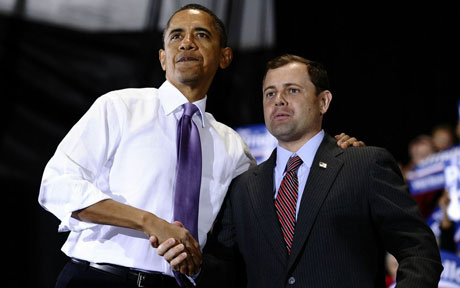Nov 29
20150
350.org / 1Sky, Avaaz, Bill & Melinda Gates Foundation, Foundations, Greenpeace, Non-Profit Industrial Complex, Pacifism as Pathology, Rockefeller Brothers Fund, Rockefeller Foundation, Social Engineering, United Nations, Whiteness & Aversive Racism
350.org Avaaz COP21 GE Global Climate March GMO Greenpeace Monsanto New Economy Palm Oil Payments for Ecosystems Services (PES) privatization TckTckTck WWF
Marching for Monsanto
November 29, 2015
by Jay Taber
The Climateers are back. Seeking to recapture the euphoria of the 2014 Rockefeller-funded People’s Climate March, the Wall Street-backed, World Bank-approved Paris Climate 2015 charade is meant to build momentum for removing all barriers to privatization of the planet.
Championed by the UN and transnational corporations like Monsanto, this globalized ‘new economy‘ — hyped by Social Capitalists like World Wildlife Fund and 350 — is integral to Sustaining Privatization. The usurping of civil society by these Wall Street-funded NGOs means the annihilation of civil liberties is just A Click Away.
The Architects of the Final Solution will be pleased at the resounding success of their investments in Controlling Consciousness; the whole world is becoming A Culture of Imbeciles.
[Jay Taber is an associate scholar of the Center for World Indigenous Studies, a correspondent to Forum for Global Exchange, and a contributing editor of Fourth World Journal. Since 1994, he has served as communications director at Public Good Project, a volunteer network of researchers, analysts and activists engaged in defending democracy. As a consultant, he has assisted indigenous peoples in the European Court of Human Rights and at the United Nations.]
Further reading: TckTckTck: The Bitch is Back





































